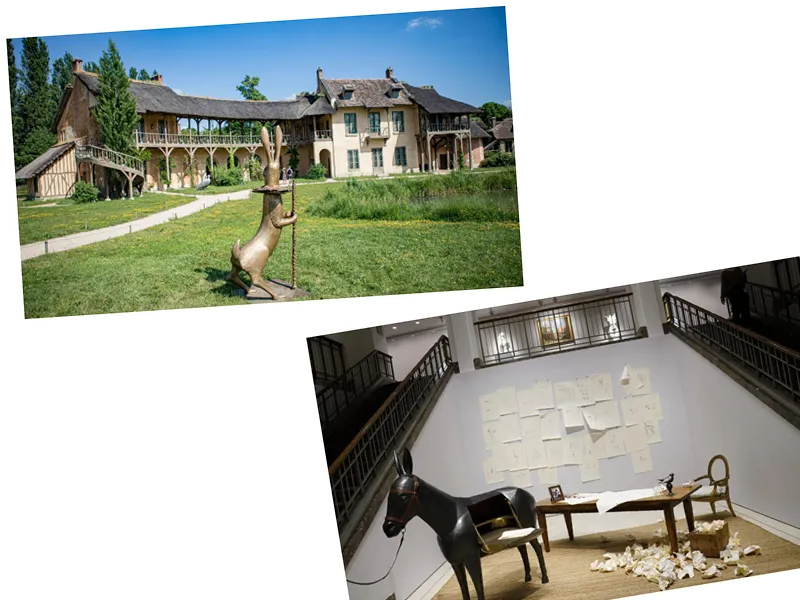Spoerri's 'Eat Art' movement not only redefined the concept of art but also highlighted societal attitudes towards food and consumption.
His approach to art as a reflection of everyday life resonates with contemporary discussions on sustainability and waste reduction.
The impact of Spoerri's work extends beyond the art world, influencing culinary arts and the way we perceive the dining experience.
Spoerri's innovative concepts may inspire a new generation of artists to explore themes of consumption and sustainability in their work.
His legacy could lead to increased interest in ephemeral art forms, particularly those that engage with food and everyday objects.
As the art community reflects on Spoerri's contributions, there may be a resurgence in exhibitions dedicated to New Realism and its relevance in today's art landscape.
Daniel Spoerri, the renowned Swiss visual artist and founder of the 'Eat Art' movement, has passed away at the age of 94. Known for his innovative approach to art, Spoerri gained fame for his 'trap paintings'—works created by gluing leftover meals, dirty cutlery, and dishes onto surfaces, effectively immortalizing the remnants of a meal. His death was confirmed by the managing director of the Spoerri exhibition house in Hadersdorf am Kamp, Austria, where he had spent significant time shaping the local art scene. The news of his passing has prompted tributes from various figures in the art community, including the Centre Pompidou in Paris, which acknowledged his influence on contemporary art and the New Realism movement.
Born Daniel Isaac Feinstein in 1930 in Galati, Romania, Spoerri's family fled to Zurich during World War II. He later moved to Paris, where he became involved in the art world, signing the 'Manifesto of New Realism' in 1960 alongside notable artists like Jean Tinguely and Niki de Saint Phalle. Spoerri's work often challenged traditional concepts of art, emphasizing the ordinary and the ephemeral aspects of life, particularly through his edible art installations. He operated a restaurant in Düsseldorf from 1968 to 1972, allowing patrons to leave with their own unique edible artworks, further blurring the lines between dining and art. His legacy includes a significant body of work that has been exhibited in prestigious institutions worldwide, including the Museum of Modern Art in New York and the Centre Pompidou.





